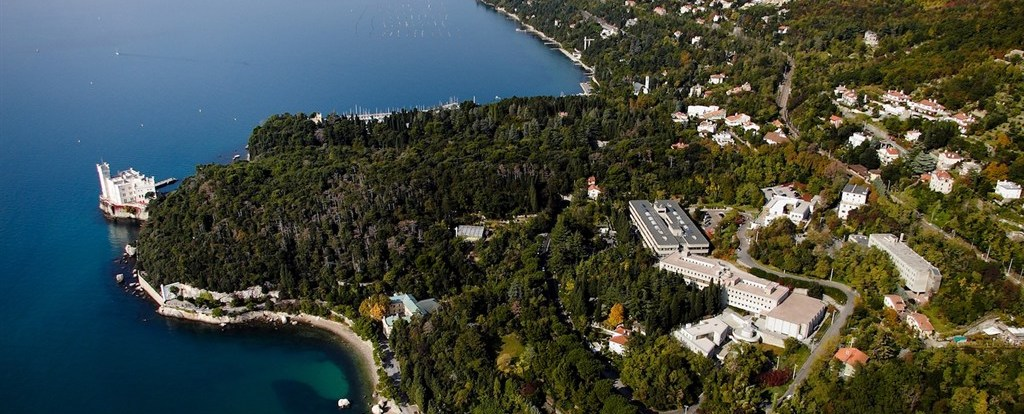Speaker
Description
The origin of supermassive black holes (SMBHs) remains an open question in astrophysics. The presence of black holes more massive than a billion solar masses at high redshifts (𝑧 > 6) challenges many formation mechanisms. One particular mechanism, which invokes the collapse of Pop III.1 stars formed with the energy input from dark matter self-annihilation as seeds for SMBHs alleviates this problem and can explain the observed number density of SMBHs in our local universe as well (Banik, Tan & Monaco 2019; Singh, Monaco & Tan 2023). By applying this seeding mechanism in a cosmological simulation performed by PINOCCHIO code in a 60 Mpc box, we can identify all the halos which would be seeded with these SMBHs and track their evolution. In this talk, I will give a brief overview of the seeding mechanism and present the results from our analysis of the seeded halos. In particular, I will discuss the evolution of the number density of SMBHs from this seeding mechanism, which shows that most of the seeds formed quite early in the universe, compared to other mechanisms. Then I will talk about the occupation fraction of halos occupied with these black holes, and the evolution of their clustering, along with its comparison with data in the local universe. I will also present the estimates of binary AGN fraction evolution and the amplitude of the gravitational wave background emanating from binary SMBHs to compare with the latest results from the Pulsar Timing Array. Finally, I will show how we can differentiate among different seeding mechanisms by searching for high redshift AGNs in the Hubble Ultra Deep Field.

